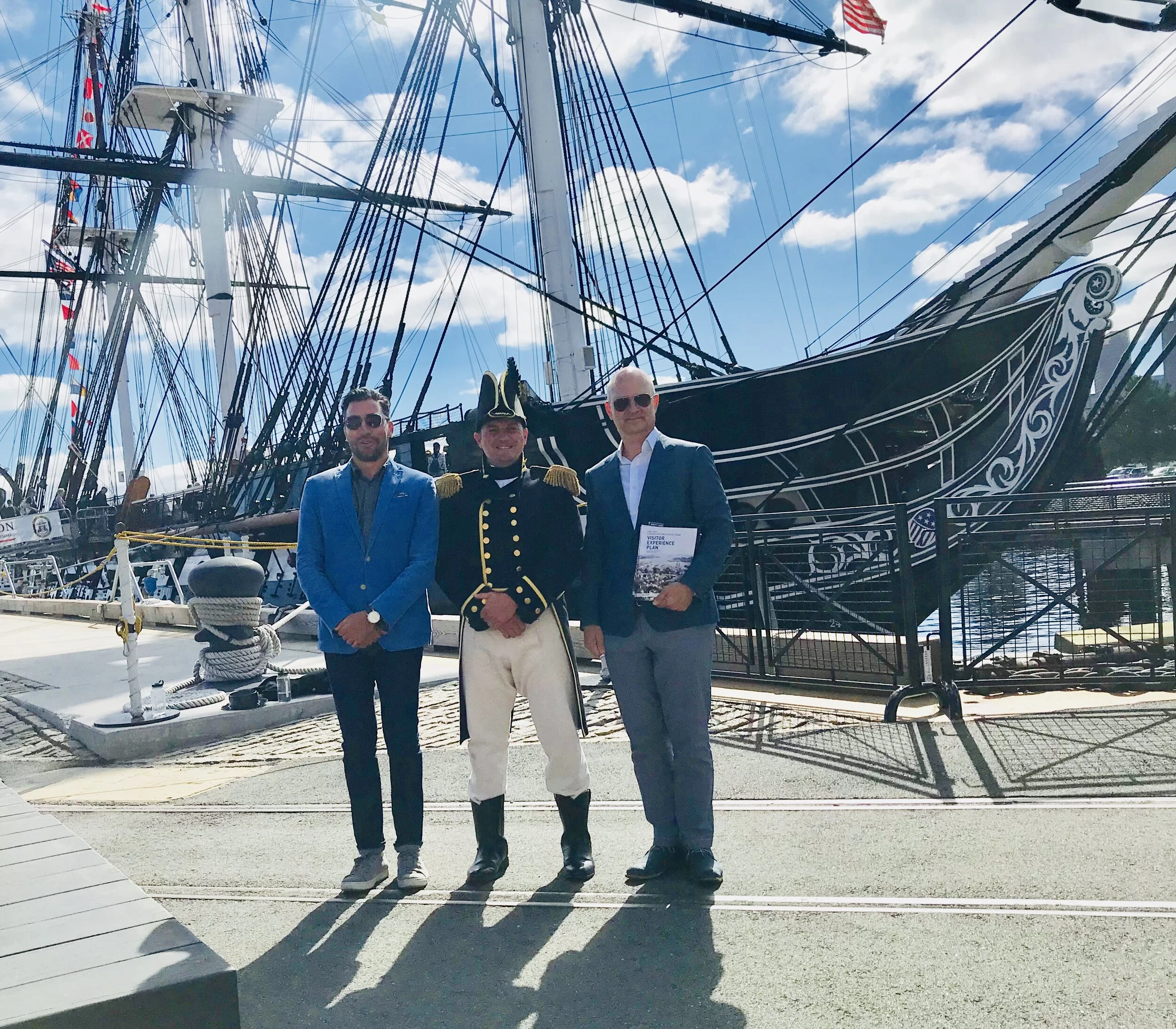Charlestown Navy Yard: visitor-centered vision for transforming an iconic site
Home port of the USS Constitution, America’s Ship of State, the Charlestown Navy Yard is a rich site of intersecting histories of independence, power, race, and labor. Today the waterfront 30-acre public space is managed by the National Park Service in partnership with a nonprofit museum and a detachment of the US Navy. Despite interpreting these histories for more than a million visitors annually, the Navy Yard isn’t an inviting environment. The loose collection of historic buildings and vast paved grounds is sometimes described, affectionately, as “two ships and a parking lot.”




Working with colleagues from Sasaki and Lord Cultural Resources, I co-led a yearlong study to reimagine the Charlestown Navy Yard, structuring its physical assets, governance, operations, and interpretative strategy to support a visitor-centered experience. Based on dozens of interviews, focus groups, charrettes, and informal conversations with park users, I synthesized a set of values that could be shared by the coalition of Navy Yard stewards.
These values informed both the physical dimensions of the resulting plan — including facilities use, visitor circulation, and amenities — and the overarching approach to audience learning and engagement. Since completing the Charlestown Navy Yard plan, the Department of the Interior invested significant funding into advancing our recommendations. The National Park Service is now actively collaborating with community groups and mission-aligned partners to enliven the site.
The initial vision that was developed in consultation with Sasaki and Lord Cultural Resources is now informing the design of a new visitor facility.
I remain involved with this transformative project, serving as a consultant on guiding principles for the development of the new “Gateway Center,” a next-generation Park Service facility that will actively welcome visitors and engage them in experiential learning.
As part of a team that includes Marble Fairbanks Architects, Agency LP, and IDEO, my scope focuses on how the new Gateway Center can expand its role to be of service to community members and organizations.

